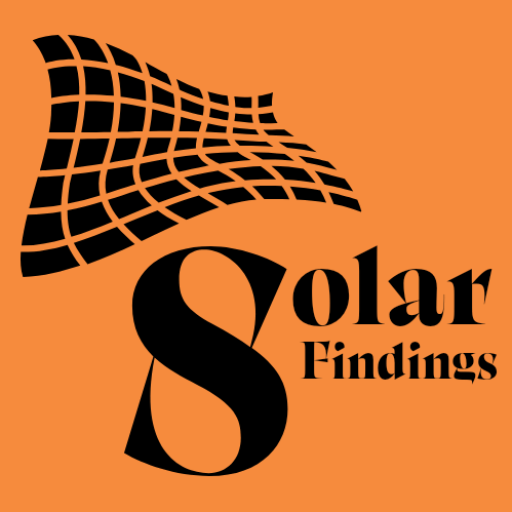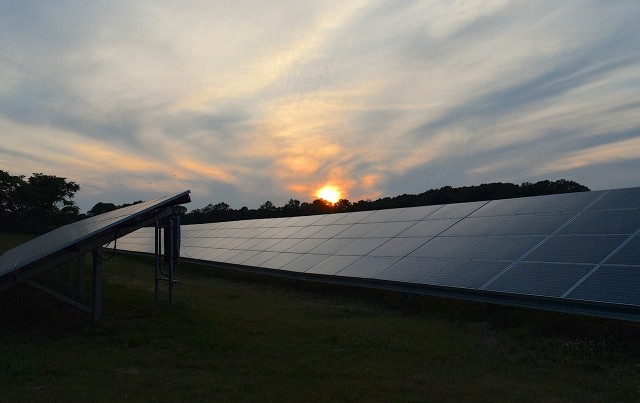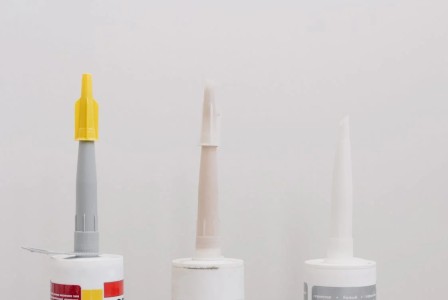10 Best Bifacial Solar Panels 2025
Bifacial solar panels with solar cells on both sides of the frame have some of the highest rates of adoption in the solar panel industry. These panels absorb light from the sunshine (front light) and irradiance (rear light), instead of just gathering direct sunlight, resulting in a better efficiency compared with mono-facial panels.
In a world where consumers are looking for ways to maximize the output of their solar technologies, bifacial panels have assumed considerable commercial and residential popularity. In this article, we will try to help you pick the best by looking at the top ten bifacial solar panels in 2025.
This is a completely unbiased list. We are neither paid by nor associated with ANY of the companies mentioned in this article.
You might also like:
Bifacial vs Monofacial Solar Panel Cost Comparison
Table of Contents
Best Bifacial Solar Panels 2025
1. Canadian Solar BiKu Module(Bifacial Module)
Canadian Solar is one of the World’s top solar manufacturer and offers the most cutting-edge systems with both Bifacial and Monofacial Solar PV Panels. Their BiKu(Bifacial Dual Cell PERC) Module is an excellent choice.
Key features:
- Power Range- 290W-400W (Bifacial)
- 144/120 dual cell+ poly & mono PERC Technology.
Pros:
- Up to 30% more energy from the backside
- Works well even in hotter temperatures, water resistant IP68 coating
Cons:
- Might be slightly more expensive than their mono-facial range
- Product warranty of 12 years(usually up to 25 years for other competitors in the market)
Website Link: https://www.canadiansolar.com/biku/
2. Sunpower Performance 6 COM-M Bifacial, 530-550W
SunPower offers some of the most efficient Solar Panels in the industry and are their solar cells are used by companies worldwide. Their Performance 6 COM-M, Bifacial solar panel series offers a maximum output, in ideal conditions of up to 550W.
Key Features:
- Monocrystalline Bifacial Panels(PERC Technology)
- Glass frame
- Ideal for Commercial Applications
Pros:
- Efficiency of up to 21.1% under ideal conditions
- Product and Performance Warranty of up to 25 years
- Dust and Water resistant.
Cons:
- Complex and Fragile structures might make handling a little difficult
- A heavier weight(around 70 pounds)
Official Website: https://www.enfsolar.com/pv/panel-datasheet/crystalline/56271
3. Qcells Peak Duo XL- G11s/BFG:
Solar Panels manufactured by Qcells are known to be highly efficient, with their Q.Auntum technology and some of the best standard solar panels in the market. Their Bifacial range is no exception.
Key features:
- Efficiency up to 21.2%
- Monocrystalline Panels with an aluminum alloy frame
Pros:
- Works well even in low-light and extreme weather conditions
- Durable, with Anti-LID and Anti-PID technology
- 12-year product and 30-year performance warranty
Cons:
- Weighs around 64.2 lbs
- Costs around $263 for higher power output panels(550W+)
Official Website: https://us.qcells.com/q-peak-duo-xl-g11s-bfg/
4. Jinko Solar Swan Bifacial Module:
Jinko Solar, a China based company has now expanded its solar empire worldwide and is also listed in the New York Stock Exchange. Its Swan Bifacial Module is known for its high efficiency and is one of the best in the market.
Key Features:
- Energy Output of 500W to 540W(front+rear end)
- P-type Bifacial cells with DuPont Clear Tedlar Technology
Pros:
- Up to 25% more efficiency(from the backside)
- Lightweight and dust and stain-resistant
- 30-year performance warranty
Cons:
- Comes with a transparent back sheet
- A higher price
Official Website: https://www.jinkosolar.com/en/site/bifacial
5.
- Auxin Solar AXN10B Bifacial High-Efficiency N-Type Single Glass
One of the oldest solar manufacturers in the USA, Auxin Solar offers a wide range of both Mono-facial and Bi-facial panels with a varying wattage range of 435-600W
Key Features:
- Offers an efficiency of 22%
- 80% Bi-facially, monocrystalline panels
Pros:
- Excellent low-light performance and resistance to high wind loads
- 25-year product warranty and 30-year performance warranty
Cons:
- Might not perform very well in very high temperatures
- Costly and a little difficult to install.
Official Website: https://www.auxinsolar.com/products/
6. LONGi Solar Hi-MO 6
LONGi Solar’s Hi-MO 6 panels boast state-of-the-art efficiency and reliability due to their highly advanced bifacial design.
Key features:
- Efficiency: Up to 21.3%
- Monocrystalline Panels with an anodized aluminum frame
Pros:
- Very efficient and good temperature coefficient
- Competitive in low-light
- 12-year product warranty and 25-year performance warranty
Cons:
- A bit heavy
- Higher upfront cost
Official Website: LONGi Solar Hi-MO 6
7. JA Solar DeepBlue 3.0
The DeepBlue 3.0 from JA Solar is one of the better solar panels designed for high efficiency and superior technology.
Key features:
- Efficiency of up to 23.7%, a wattage range of 600W
- Monocrystalline Panels, anodized aluminum frame
Pros
- Good Efficiency and performance in low-light
- Advanced anti-reflective coating
- 12-year product warranty and 25-year linear power warranty
Cons:
- Weight considerations
- A higher cost even among Bi-facial Panels(around $300)
Official Website: JA Solar DeepBlue 3.0
8.
- Trina Solar Vertex N
The Trina Solar Vertex N solar panel is one of the most efficient panels released in the market, with N-type cells, high efficiency, and bifaciality.
Key features:
- Efficiency: up to 23.0%
- Monocrystalline cells with a total panel wattage ranging between 590-625W
Pros
- Very compatible with all kinds of trackers due to specific dimensions giving a boost of 13% to installed capacity.
- Performs well in a wide range of weather conditions
- 15-year product warranty and 30-year performance warranty
Cons
- The panel has a larger size than most competitors(2382mm by 1134mm)
- Higher cost
Official Website: https://www.trinasolar.com/en-glb/product/VertexN-NEG19RC.20
9. REC Alpha Pure R
The series of REC Alpha Pure R is highly advanced as well as efficient series with some remarkable features. Here are some crucial factors to check about the solar panel:
Key Features:
- Efficiency: 22.3%, Wattage- 430W
- Type: Monocrystalline Panels, Black anodized aluminum frame
Pros:
- Excellent efficiency, Sleek, and modern design with a black frame
- Good performance in Low light conditions
- 20-year product warranty and a 25-year performance warranty
Cons:
- Highly-priced compared to regular panels
- Weight: Approximately 47.4 lbs – heavier mounting solutions may be necessary
Official Website: REC Alpha Pure R
10. GCL-P6/72HPB
A competitively priced, high-performance, and long-lasting bifacial panels from GCL include the P6/72HPB.
Key features:
- Efficiency: Up to 18.9%, Wattage ranging from 325W-360W
- Type: Monocrystalline Panels with an aluminum corrosion-resistant frame
Pros:
- Good efficiency for your money
- Strong performance over a wide range of environmental conditions
- 12 Year Product Warranty / 25 Year Linear Power Output Warranty
Cons:
- Slightly less efficient compared to the top models
- Relatively heavy at approximately 48 lbs
Official Website: GCL-P6/72HPB
Summing Up:
So, this was our list of the top 10 Bifacial solar panels that you could buy in 2025. To get a professional assessment of your needs, you can contact the sellers directly through the link to their website provided in the descriptions of each of the products we discussed.
Frequently Asked Questions
The size of the solar battery charger you need will depend on the kind of devices you will be charging. For devices with smaller energy requirements like mobile phones, cameras, etc., anywhere between 10W to 50W shall suffice.
As apparent from the above listings, some solar battery chargers can provide an output that is almost half of their original output under ideal sunny conditions in case of cloudy skies. You should make sure you choose a solar charger that works with high efficiency even in low-light conditions according to the weather of the area you are traveling to.
Solar battery chargers come in different prices ranging anywhere between $30-$300 or more depending upon their size and some other features like efficiency, weight, types of ports, dimensions, portability, etc.,







